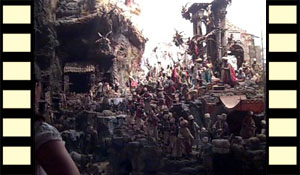Not quite as high on the Vomero hill as the Castel Sant'Elmo is the Certosa di San Martino, a Carthusian monastery that was originally established in the 14th Century. The Carthusians, also known as the Order of St. Bruno, have been a monastic order since the 11th Century. Their practice has been for members to lead a hermitlike existence, living in isolated quarters and only infrequently encountering other people, even within the order. Though the order is not as popular as it once was, there are still a number of Carthusian monasteries (known in English as charterhouses) scattered around the world. The Certosa di San Martino is a monastery no longer, having been deconsecrated by the French in 1806. It has been open to the public as a museum since 1866.
The monastery is extensive, with a church and two cloisters, one of which is very large. Like the castle, it was not hard to find, as there was a nice view of it from the castle wall.
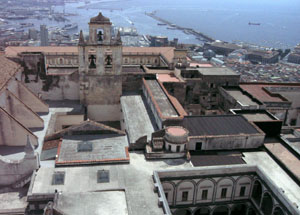
Monastery from Castel Sant'Elmo Med Lrg |
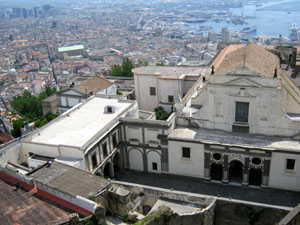
The Church Med Lrg |
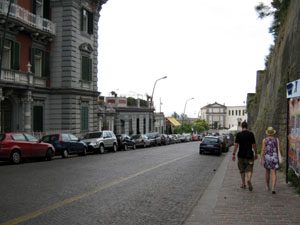
Via Tito Angelini Toward Monastery Entrance Med Lrg |
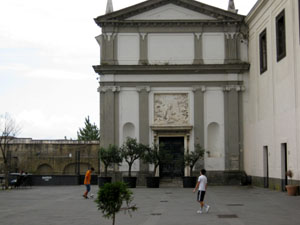
Monastery Entrance and Soccer Practice Med Lrg |
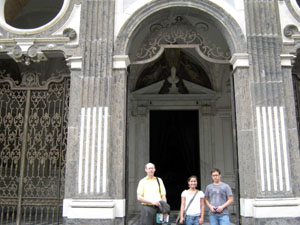
Entrance to Church Med Lrg |

Bob Near Main Altar Med Lrg |
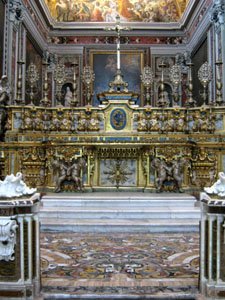
Main Altar Med Lrg |

Main Altar and Chapels MP4-Sml MP4-Med WMV |
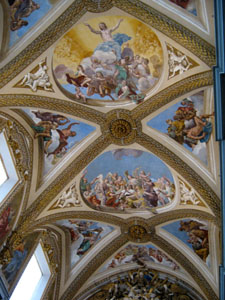
Ceiling Med Lrg |
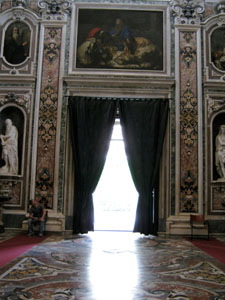
Philip and Front Door Med Lrg |
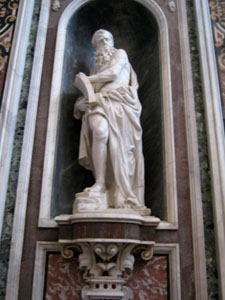
Statue Med Lrg |
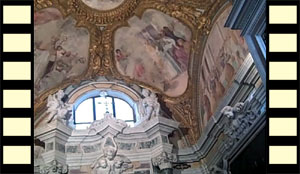
Side Chapels MP4-Sml MP4-Med WMV |
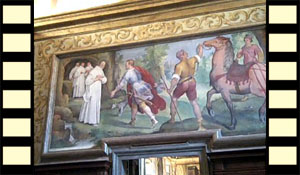
Subsidiary Rooms MP4-Sml MP4-Med WMV |
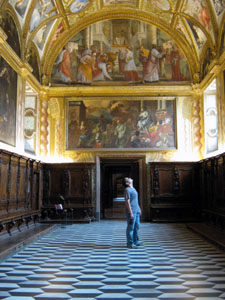
Philip in Subsidiary Room Med Lrg |
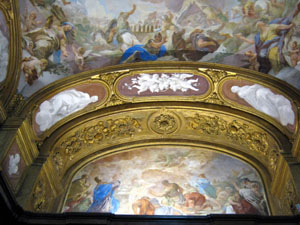
Decoration in Subsidiary Room Med Lrg |
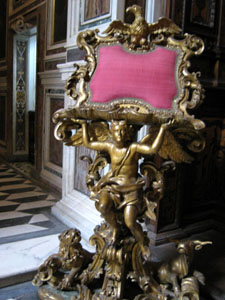
Pillow Thing Med Lrg |

Water Dispenser MP4-Sml MP4-Med WMV |
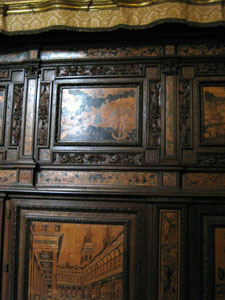
Wood Decoration Med Lrg |
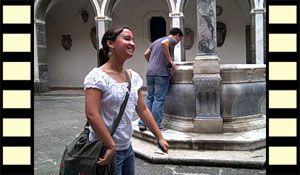
The Clerks' Cloister MP4-Sml MP4-Med WMV |
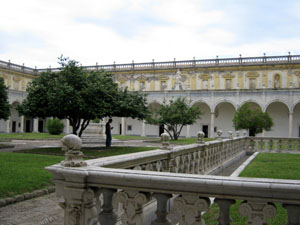
Main Cloister and Graveyard Balustrade Med Lrg |
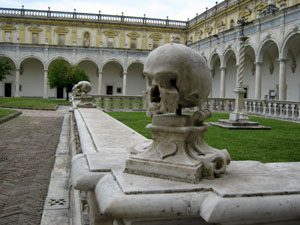
Skull on Balustrade Med Lrg |

Main Cloister MP4-Sml MP4-Med WMV-HD |
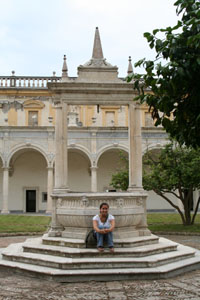
Connie and Central Cistern Med Lrg |
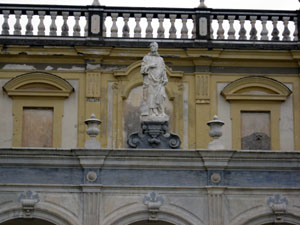
Statue Med Lrg |
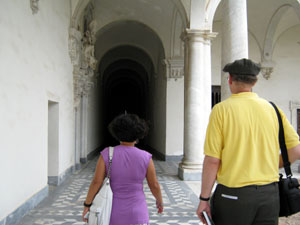
Nella and Bob on Walkway Med Lrg |

Creepy Sculpture Med Lrg |
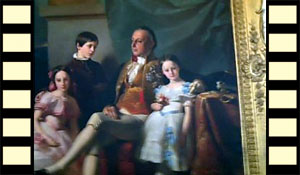
Artworks MP4-Sml MP4-Med WMV |
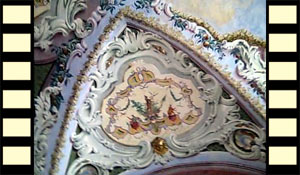
Decorated Room MP4-Sml MP4-Med WMV |
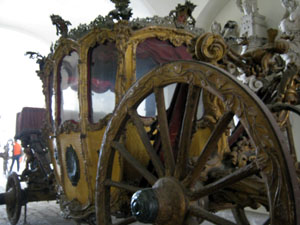
Carriage Med Lrg |
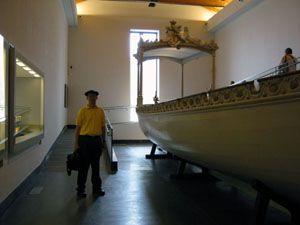
Bob and Boat Med Lrg |
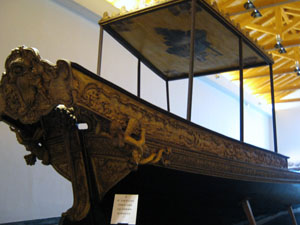
Stern of Boat Med Lrg |

Guns Med Lrg |
